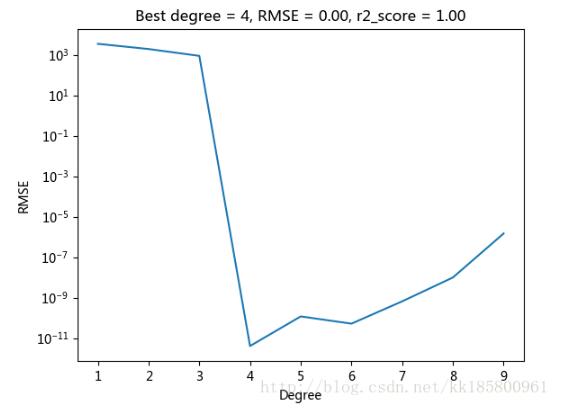python实现文本去重且不打乱原本顺序
代码也是在网上找的,效率挺不错的,特别适合字典文件的去重
#coding=utf-8 import sys def open_txt(): #打开TXT文本写入数组 try: xxx = file(sys.argv[1], 'r') for xxx_line in xxx.readlines(): passlist.append(xxx_line) xxx.close() except: return 0 def write_txt(): #打开TXT文本写入数组 try: yyy = file(sys.argv[2], 'w') for i in list_passwed: yyy.write(i) yyy.close() except: return 0 global passlist #声明全局变量 passlist = [] #用户名:anonymous 密码为空 open_txt() #TXT导入数组 #passlist = list(set(passlist)) #python 列表去重 global list_passwed #列表去重,不打乱原来的顺序 list_passwed=[] for i in passlist: if i not in list_passwed: list_passwed.append(i) write_txt()
python 读取TXT到数组 列表去重,不打乱原来的顺序
####################################################################
#qq:316118740
#BLOG:http://hi.baidu.com/alalmn
# python 读取TXT到数组 列表去重,不打乱原来的顺序
# 刚学写的不好请大家见谅
####################################################################
def open_txt(): #打开TXT文本写入数组
try:
infile = file('admin.txt', 'r')
xxx = file('admin.txt', 'r')
for xxx_line in xxx.readlines():
passlist.append(xxx_line)
xxx.close()
except:
return 0
def list_del(): #清空list列表
try:
i = 0 #得到list的第一个元素
while i < len(passlist):
del passlist[i]
del list_passwed[i]
except:
return 0
######################################
global passlist #声明全局变量
passlist = [] #用户名:anonymous 密码为空
www_cj(www) #域名拆解
open_txt() #TXT导入数组
#passlist = list(set(passlist)) #python 列表去重
global list_passwed #列表去重,不打乱原来的顺序
list_passwed=[]
for i in passlist:
if i not in list_passwed:
list_passwed.append(i)
###################################### 遍历数组组合出 密码
I1 = 0 #得到list的第一个元素
while I1 < len(list_passwed):
print "WWWWWWWWWWW",I1
if I1==len(list_passwed):
break #退出循环
I2 = 0 #得到list的第一个元素
while I2 < len(list_passwed):
print "1111:",list_passwed[I1],"2222:",list_passwed[I2]
I2 = I2 + 1 #二层
I1 = I1 + 1 #一层
######################################
补充
# -*- coding: utf-8 -*-
'''
只使用与较小的文件,比较大的文件运行时间长
'''
def quchong(infile,outfile):
infopen = open(infile,'r',encoding='utf-8')
outopen = open(outfile,'w',encoding='utf-8')
lines = infopen.readlines()
list_1 = []
for line in lines:
if line not in list_1:
list_1.append(line)
outopen.write(line)
infopen.close()
outopen.close()
quchong("源文件路径","目标文件路径")
本文实例讲述了python读取TXT到数组及列表去重后按原来顺序排序的方法。分享给大家供大家参考。

